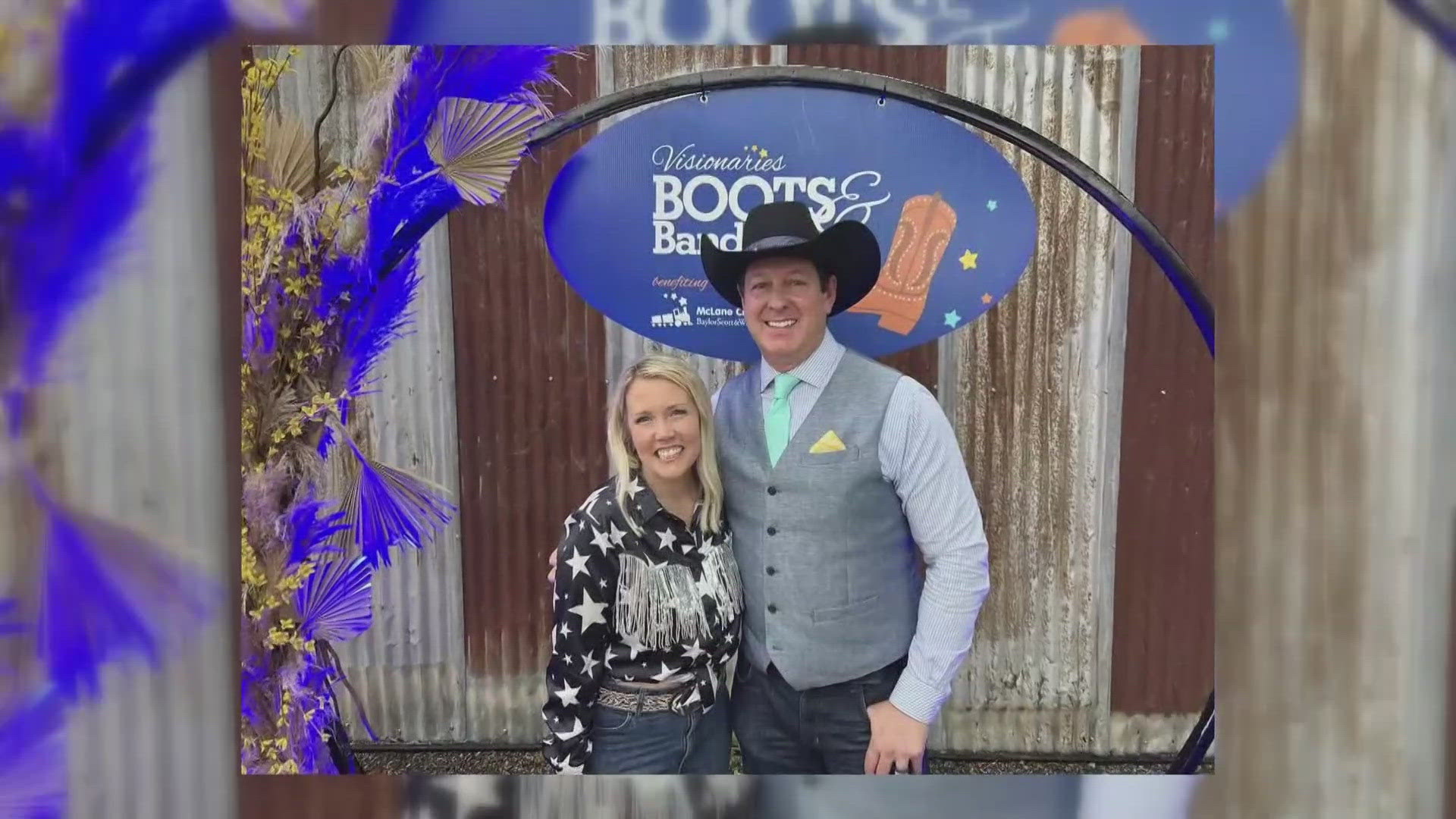WASHINGTON — America’s employers delivered another outpouring of jobs in March, adding a sizzling 303,000 workers to their payrolls and bolstering hopes that the economy can vanquish inflation without succumbing to a recession in the face of high interest rates.
Last month’s job growth was up from a revised 270,000 in February and was far above the 200,000 jobs that economists had forecast for March. By any measure, it amounted to a strong burst of hiring, and it reflected the economy’s ability to withstand the pressure of high borrowing costs resulting from the Federal Reserve’s interest rate hikes. With the nation’s consumers continuing to spend, many employers have kept hiring to meet steady customer demand.
Friday’s report from the Labor Department also showed that the unemployment rate dipped from 3.9% to 3.8%. The jobless rate has now come in below 4% for 26 straight months, the longest such streak since the 1960s. The government also revised up its estimate of job growth in January and February by a combined 22,000.
Normally, a blockbuster bounty of new jobs would fan worries that the additional spending from all those new workers could accelerate inflation. But the March jobs report showed that wage growth was mild last month, which might allay any such fears. Average hourly wages were up 4.1% from a year earlier, the smallest year-over-year increase since mid-2021. From February to March, though, hourly pay did rise 0.3% after increasing 0.2% the month before.
The economy is sure to weigh on Americans’ minds as the November presidential vote nears and they assess President Joe Biden’s re-election bid. Many people still feel squeezed by the inflation surge that erupted in the spring of 2021. Eleven rate hikes by the Fed have helped send inflation tumbling from its peak over the past year and a half. But average prices are still about 18% higher than they were in February 2021 — a fact for which Biden might pay a political price.
The unemployment rate fell in March even though a sizable 469,000 people entered the labor force. That influx increased the proportion of Americans who either have a job or are looking for one from 62.5% in February to 62.7%. A bigger labor force tends to ease pressure on companies to sharply raise wages, thereby slowing inflation pressures.
Though most industries added jobs last month, hiring was mainly concentrated in three categories: Healthcare and private education, leisure and hospitality and government accounted for nearly 69% of the hiring. In addition, construction companies added a solid 39,000 jobs.
The Fed’s policymakers are tracking the state of the economy, the job market and inflation to determine when to begin cutting interest rates from their multi-decade highs — a move eagerly awaited by Wall Street traders, businesses, homebuyers and people in need of cars, household appliances and other major purchases that are typically financed. Rate cuts by the Fed would likely lead, over time, to lower borrowing rates across the economy.
The central bank’s policymakers started raising rates two years ago to try to tame inflation, which by mid-2022 was running at a four-decade high. Those rate hikes — 11 of them from March 2022 through July 2023 — helped drastically slow inflation. Consumer prices were up 3.2% in February from a year earlier, far below a year-over-year peak of 9.1% in June 2022.
Yet the sharply higher borrowing costs for individuals and companies that resulted from the Fed’s rate hikes were widely expected to trigger a recession, with waves of layoffs and a painful rise in unemployment. Yet to the surprise of just about everyone, the economy has kept growing steadily and employers have kept hiring at a healthy pace. Layoffs remain low.
Some economists believe that a rise in productivity — the amount of output that workers produce per hour — made it easier for companies to hire, raise pay and post bigger profits without having to raise prices. In addition, an influx of immigrants into the job market is believed to have addressed labor shortages and slowed upward pressure on wage growth. This helped allow inflation to cool even as the economy kept growing.
In the meantime, the Fed has signaled that it expects to cut rates three times this year. But it is awaiting more inflation data to gain further confidence that annual price increases are heading toward its 2% target. Some economists have begun to question whether the Fed will need to cut rates anytime soon in light of the consistently durable U.S. economy.
Sal Guatieri, senior economist at BMO Capital Markets, said the Fed will likely be reassured by Friday's report of modest wage growth and a steadily growing labor force. But he suggested that the blockbuster haul of new jobs might further put off a rate cut:
“The U.S. labor market appears to be strengthening, not slowing, and risks delaying Fed easing,” Guatieri said.



